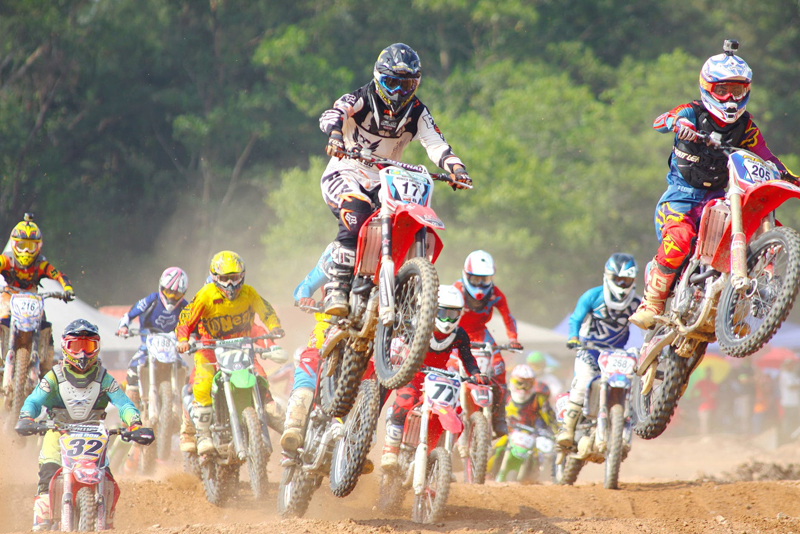Finally...Australia!

Now that practice rounds are over, the teams have geared up for the start of the 2011 Championship season in Australia this weekend. Significant regulation changes introduced the season created testing challenges for some teams, and with Melbourne just a few days away, all of the teams are eager to see how they stack up against the competition.
The reintroduction of KERS has proven the greatest challenge for Williams to overcome. Reliability was a problem, specifically with the inverter, which converts direct current (DC) to alternating current (AC). A fault in the system rendered the car disabled during testing in Barcelona, but with a solid solution now in place, the team is set to use KERS in Australia.
Mercedes' testing problems stemmed from their new car design. A dramatically different car than the disappointment from last season, this year's car featured, among other innovations, tighter sidepods that led to overheating during longer runs. A redesign was ordered and introduced just two weeks before the start of the season. The reshaped sidepods earned the team nearly a full second per lap, and a confidence boost headed into Australia.
In contrast, Ferrari's F150° has proven the most reliable during winter testing, running 4400 miles/7000km without any major problems. The team's greatest concern is the new tires, and how they will affect race strategy. In fact, concern about the new Pirelli tires is echoed throughout the paddock. Considering the one-pitstop parade most F1 races have become lately, the prospect of three or even four stops for tires has each team focused on race planning and set-up. Inconsistent tire wear will make adjusting the strengths and weaknesses in a car's performance during the race much more difficult.
The track at Albert Park usually provides a good show for spectators. With overtaking possible, but hardly easy, those that happen are often incredible, and attempts lead to plenty of collisions. Some races have ended with fewer than ten cars crossing the finish line. The track is used only for this race, so factor in a dusty surface, or the rain which is predicted for Friday and Saturday, and the show could get really interesting.
With a triple whammy of KERS, aggressive new tire compounds, and a movable rear wing, the delayed start of the season will certainly be exciting, if not downright unpredictable. Either way, it should make for some great racing on Sunday.
The reintroduction of KERS has proven the greatest challenge for Williams to overcome. Reliability was a problem, specifically with the inverter, which converts direct current (DC) to alternating current (AC). A fault in the system rendered the car disabled during testing in Barcelona, but with a solid solution now in place, the team is set to use KERS in Australia.
Mercedes' testing problems stemmed from their new car design. A dramatically different car than the disappointment from last season, this year's car featured, among other innovations, tighter sidepods that led to overheating during longer runs. A redesign was ordered and introduced just two weeks before the start of the season. The reshaped sidepods earned the team nearly a full second per lap, and a confidence boost headed into Australia.
In contrast, Ferrari's F150° has proven the most reliable during winter testing, running 4400 miles/7000km without any major problems. The team's greatest concern is the new tires, and how they will affect race strategy. In fact, concern about the new Pirelli tires is echoed throughout the paddock. Considering the one-pitstop parade most F1 races have become lately, the prospect of three or even four stops for tires has each team focused on race planning and set-up. Inconsistent tire wear will make adjusting the strengths and weaknesses in a car's performance during the race much more difficult.
The track at Albert Park usually provides a good show for spectators. With overtaking possible, but hardly easy, those that happen are often incredible, and attempts lead to plenty of collisions. Some races have ended with fewer than ten cars crossing the finish line. The track is used only for this race, so factor in a dusty surface, or the rain which is predicted for Friday and Saturday, and the show could get really interesting.
With a triple whammy of KERS, aggressive new tire compounds, and a movable rear wing, the delayed start of the season will certainly be exciting, if not downright unpredictable. Either way, it should make for some great racing on Sunday.
This site needs an editor - click to learn more!
| NASCAR Forum Posts |
| NHRA has left ESPN2 and moved to FOX. |
| Remembering Paul Newman. |
| It's a !Boy! Congratulations to the Harvicks! |
You Should Also Read:
FIA 2011 Regulations Changes
Pirelli in Valencia
Kan Energy really Shape 2011

Related Articles
Editor's Picks Articles
Top Ten Articles
Previous Features
Site Map
Content copyright © 2023 by Katie Schwausch. All rights reserved.
This content was written by Katie Schwausch. If you wish to use this content in any manner, you need written permission. Contact BellaOnline Administration for details.


